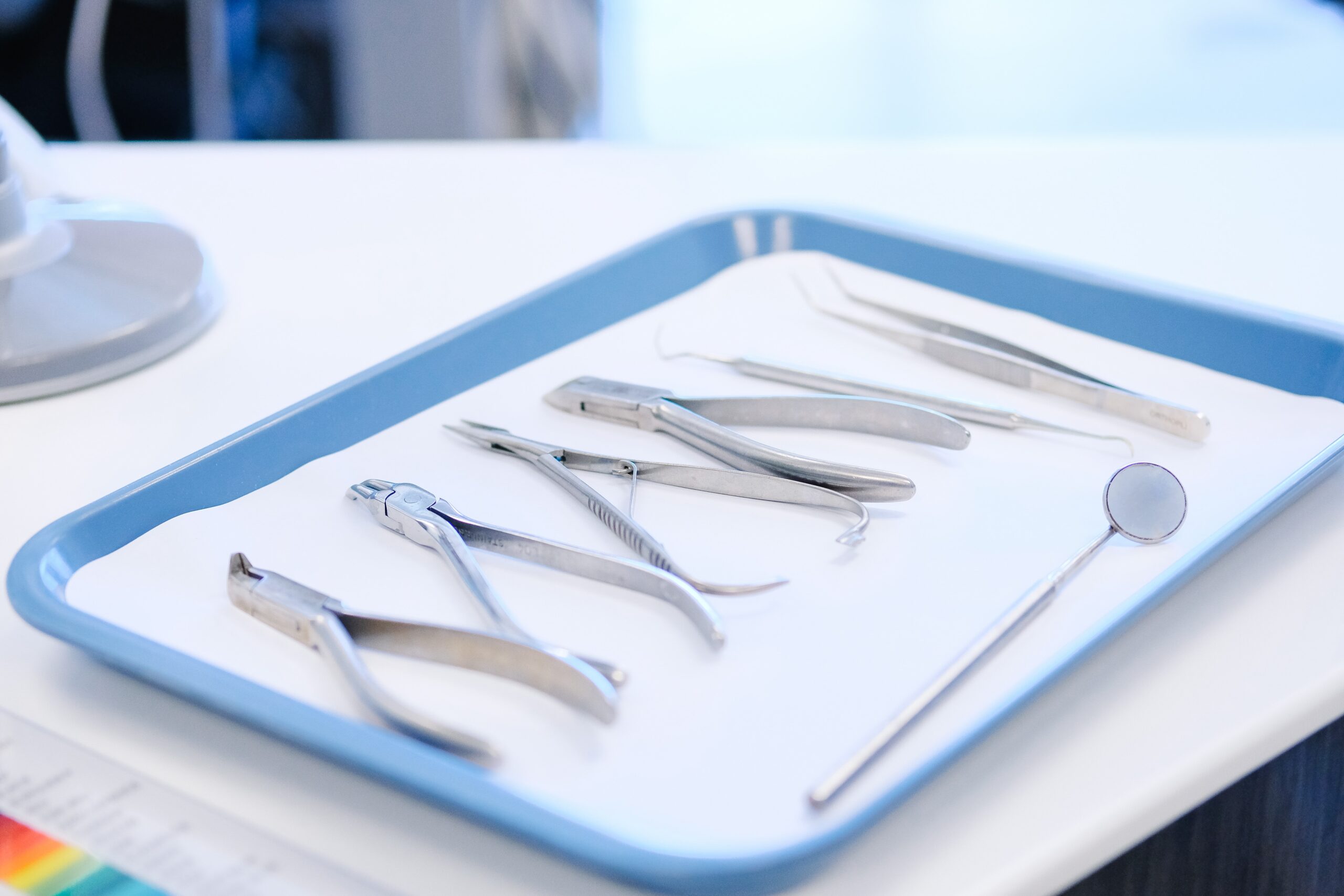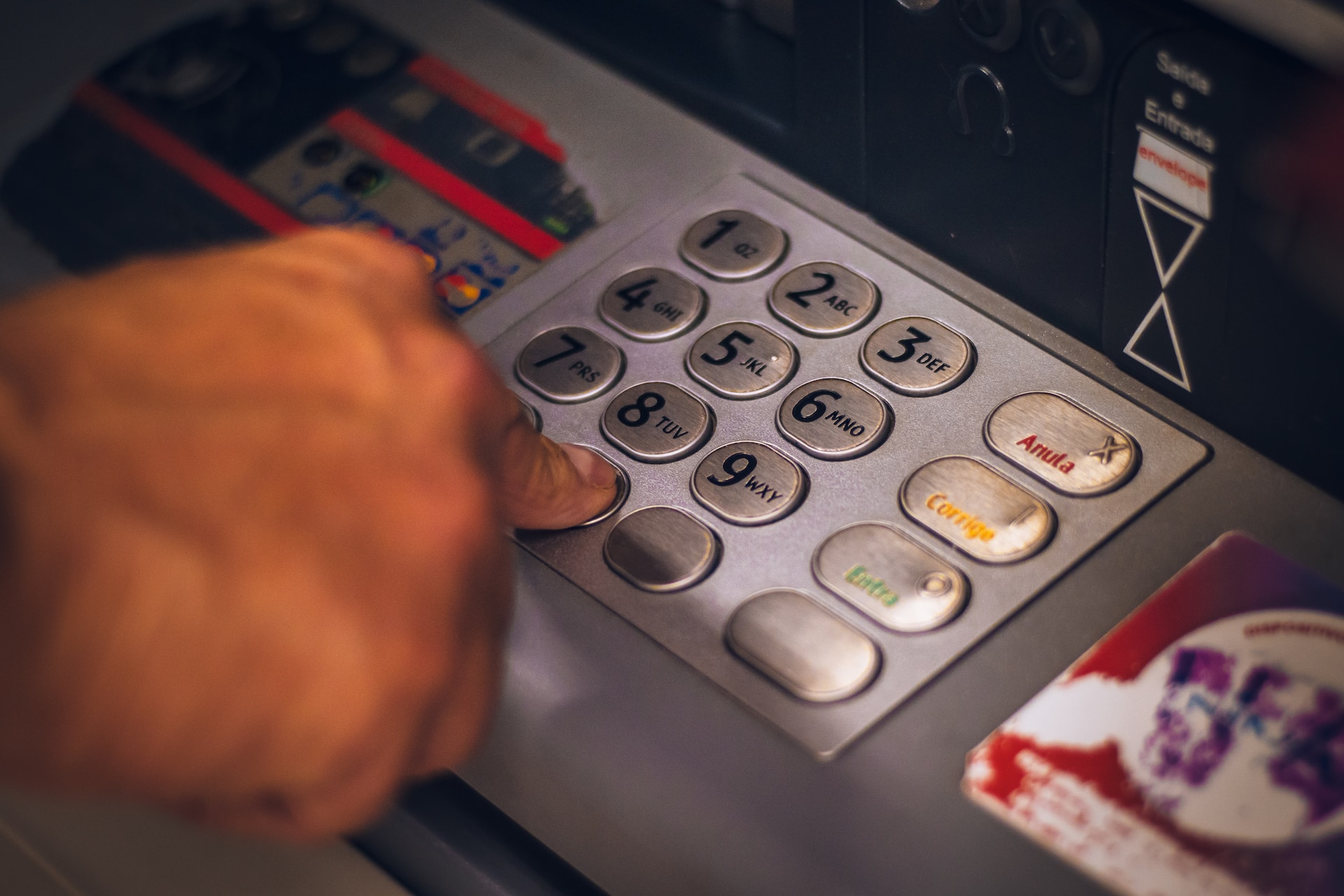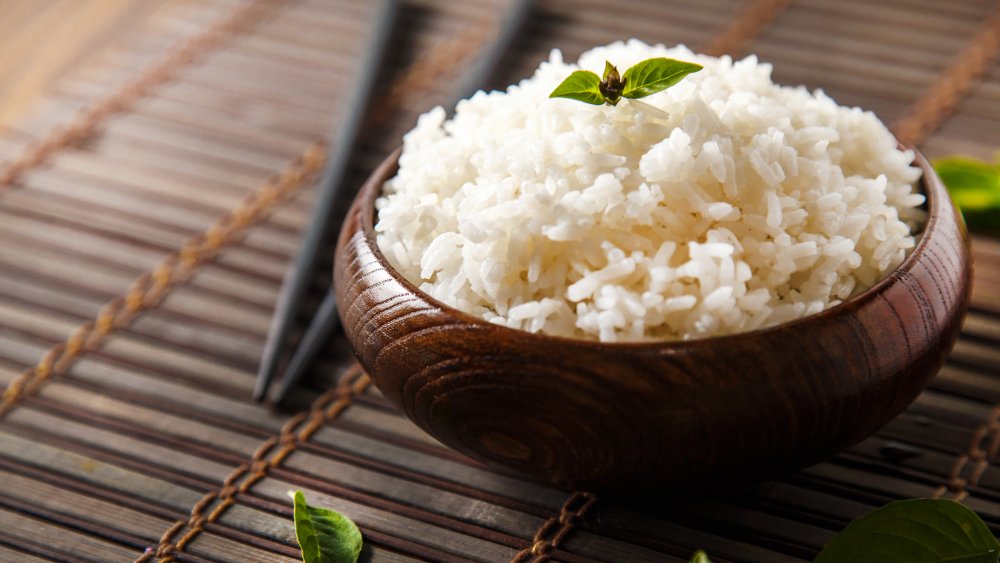Tooth Extraction: Impacted Teeth, Risk of Dry Socket, and More

An impacted tooth is a blocked tooth that pushes through the gum to erupt. The most impacted teeth are wisdom teeth, which usually grow when you are 17 to 21. In dental terminology, these are third molars. These teeth get affected because of the lack of space for them to grow properly in the mouth. Sometimes, their abnormal growth, such as tilted or sideways, also becomes a cause of concern. Generally, you don’t feel any pain or may be unaware of their development. But when an impacted tooth tries to emerge, the gum covering it can swell and become infected. It can be painful. As the pain increases, the neighboring teeth may also suffer. It can also hurt the ear on the same side.
Since an impacted tooth increases the risk of infection like pericoronitis, ignoring it can be a huge mistake. Due to the severity, a person can experience difficulty in the neck and throat. More delay can lead to hospitalization and even surgery in some cases. Not treating the impacted tooth can also invite troubles like cavities, tooth movement, gum disease, and decay. Your smile may get affected. If you want to avoid facing these situations, searching for ‘dentist near me’ in Woodbury will help. Some people wonder how they know they have impacted teeth problems. Look for signs like bad breath, swollen gums at the back, bad taste, painful sensation while opening mouth or biting anything, difficulty with opening the jaw, etc.
Diagnosis and treatment for an impacted tooth
If you live in Woodbury, you can make an appointment with a local dentist offering extensive dental services and treatment. Expect the doctor to examine your mouth to see the condition of the wisdom tooth. They may take X-rays. If it looks impacted, the dentist will extract the wisdom tooth. Your symptoms will also vanish. Although you cannot do much to prevent this issue, the doctors suggest that proper brushing and flossing help avoid cavities, which can lead to infection.
Some people rinse their mouths with salt water to relieve the irritation. Even OTC pain relief drugs are available. But continuous pain can be difficult to tolerate. Hence, extraction can be the only solution. The process can take 5 to 30 minutes to complete. A dentist may use sedatives during the procedure. You may only eat something six hours before your dental surgery. After surgery, the jaw and cheeks can have swelling. Some food may feel challenging to eat. That’s why following your doctor’s instructions is necessary to recover faster and better. Although it rarely causes any risks, some cases can be unique. Have you heard about dry sockets?
Everything about dry socket
The gap in the tooth socket can develop a layer of a blood clot after extraction surgery. It’s a protective layer to enable smooth healing at the treated site. However, if the blood clot gets damaged, leaving bone and nerves bare, the issue of a dry socket may arise. That’s why you must be extremely careful in the initial five days when the chances of developing a dry socket are high. It can be a severe condition requiring you to connect with your dentist instantly.
Symptoms and treatment for dry socket
Throbbing jaw and gum, socket reeking of bad smell, bad breath, and exposed bone can be noticeable signs of dry sockets. Those who did your extraction surgery can also treat this. They may clean the affected site and dress the socket with a unique formulation for quicker healing. You may have to visit your dentist regularly to change the dressing until improvement. You may also have to take an anti-inflammatory drug.
Prevention of dry socket/ after-care for tooth extraction surgery
The best way to prevent this risk is to listen carefully and follow your dentist’s post-operation care instructions. Usually, they recommend painkillers and the use of an antibacterial mouthwash. Sometimes, you must take prescription antibiotics to avoid the risk of infection. After extraction surgery, you may have to avoid hot drinks and food. You can start these once the numbness in the site has gone. However, until then, you live on soft food. Also, you cannot rinse your mouth for the entire day after the extraction. After 24 hours, you can use salt water to rinse your mouth about four times a day for faster healing. It’s an essential step to avoid the risk of removing the blood clot.
Those who drink alcohol or smoke should also give up their habit for at least 24 hours and, if possible, for a long time. Regular brushing can be okay, but you must be careful with the extraction site. As time passes, you can slowly start brushing close to the area. Flossing and tongue cleaning can also be fine. However, avoid contact with the treated socket.
A few critical points about dry socket
A dry socket is not risky, but seeking timely treatment is essential. It can cause infections in the dental bone and gums. Your dentist will remove all the debris from the area and put the dressing to alleviate discomfort and induce healing. Since it causes pain, you cannot leave this condition untreated.
Dry socket, an uncommon side effect of tooth removal surgery, can be a painful condition. The good news is only about 2 to 5% of tooth extraction patients face this problem. If you want to avoid this risk, follow your dentist’s guidelines about tooth extraction after-care. Still, if something happens, you must seek your dentist’s assistance. You may have to avoid crunchy food items for some days and live mostly on yogurts, soups, and mashed potatoes. And, of course, oral hygiene has to be the topmost priority.
Treatments like tooth removal require the involvement of deft and credible doctors. Look for a clinic where you get all types of dental treatments, such as cosmetic, restorative, and general. Such places possess advanced tools and appliances to correct any oral health issues. You and your whole family can visit the same clinic for dental problems or routine checkups.



































